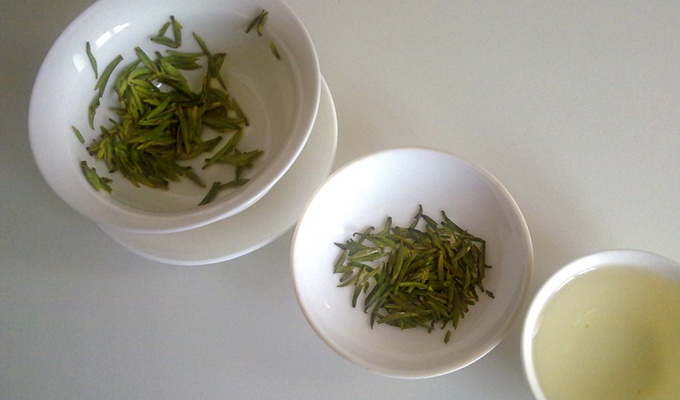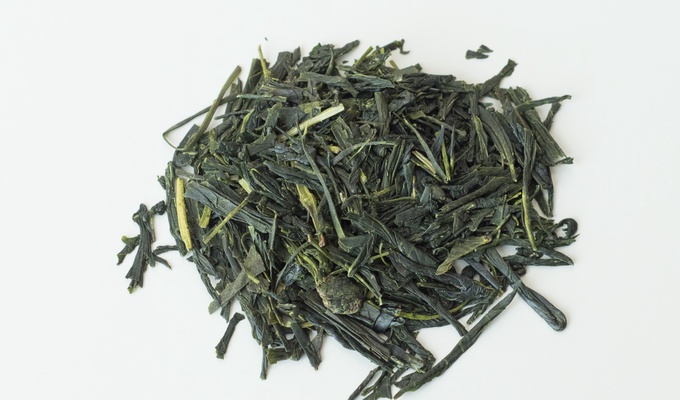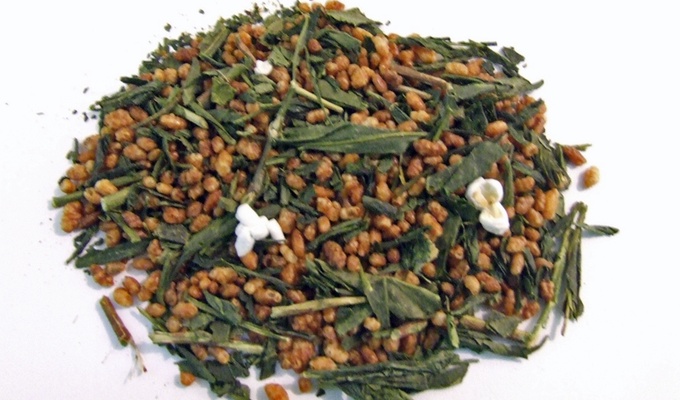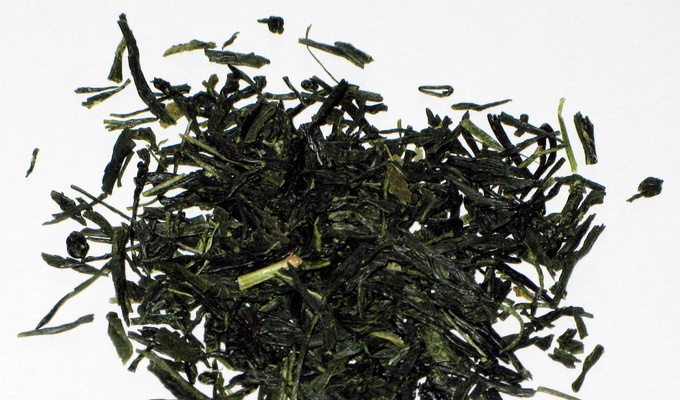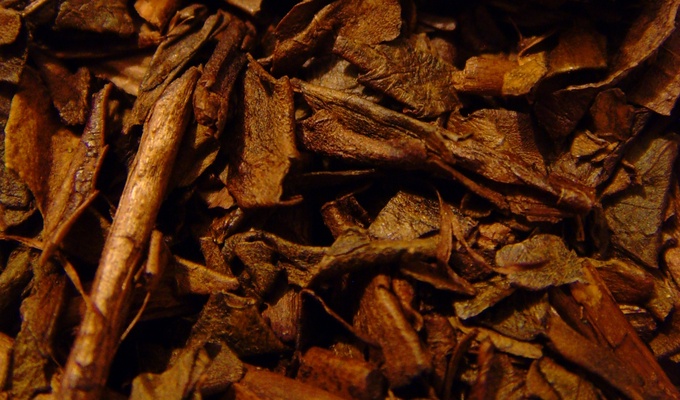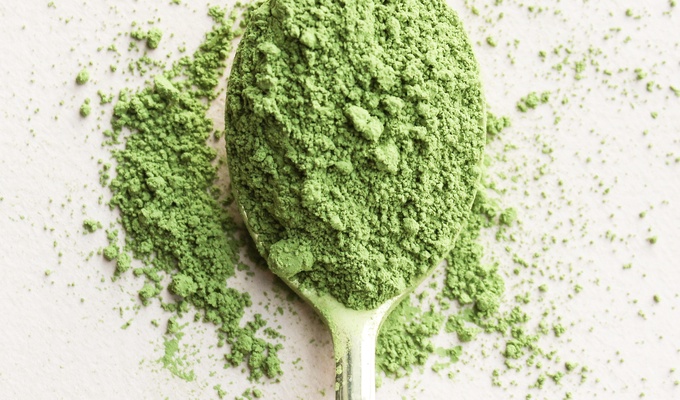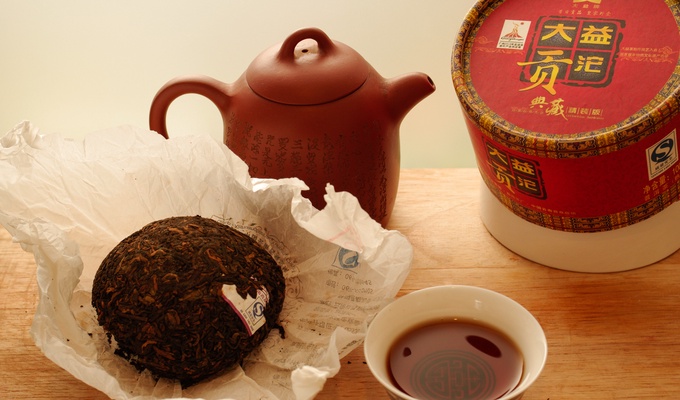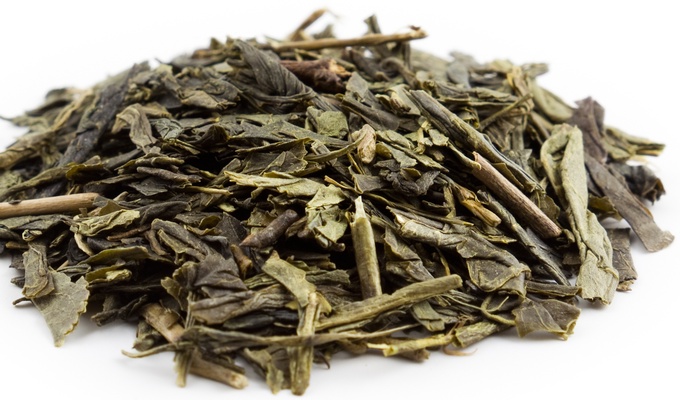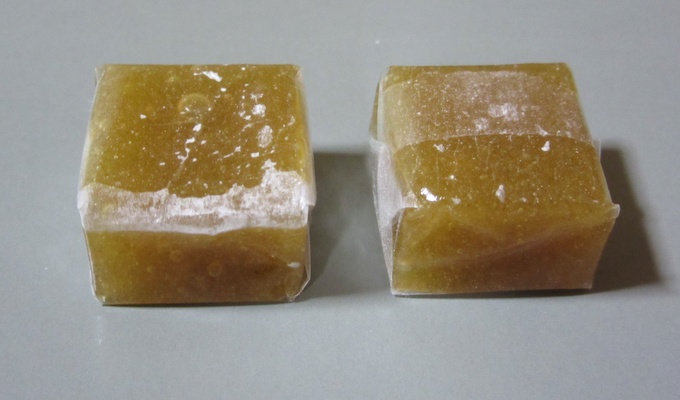Green tea is a beverage produced from the leaves of the Camellia sinensis plant that are quickly heated to prevent oxidation, a process that distinguishes it from oolong and black teas. Historical records indicate that green tea originated in China, where it was consumed for medicinal and cultural purposes as early as the Tang Dynasty (618–907 CE). The methods for steaming or pan-firing tea leaves to preserve their green color and fresh flavor were later adopted and adapted throughout East Asia, especially in Japan and Korea, leading to significant regional variations in green tea traditions and production.
The production and styles of green tea vary widely depending on numerous factors, including the cultivar of the tea plant, geographic terroir, plucking method, and processing techniques.
In China, notable varieties include Longjing (Dragon Well), Bi Luo Chun, and Huangshan Maofeng, each produced using methods such as pan-firing, which imparts a toasty or nutty character.
Japanese green teas are typically steamed rather than pan-fired, resulting in a vegetal or grassy flavor profile; preparation and consumption methods also differ, as exemplified by the Japanese tea ceremony. The general Japanese term for green is ryokucha, which is graded as gyokuro, sencha, or bancha. When it is powdered, it becomes matcha; when toasted, it is hōjicha.
Korean green teas, exemplified by nokcha, may utilize steaming, pan-firing, or a combination of both, and the nomenclature and processing methods reflect historical Chinese influences as well as distinct Korean developments.
Preparation of green tea generally involves steeping the processed leaves in water at temperatures ranging from 60°C to 85°C, with water temperature and steeping time adjusted according to the style of tea to avoid bitterness. Tasting notes for green teas are diverse; Chinese green teas often exhibit sweet, nutty, or chestnut-like nuances, while Japanese greens are characterized by strong umami, marine, or spinach-like qualities due to the steaming process and occasional shade growth. Sensory evaluation also notes color, clarity, and aroma, with high-quality green teas prized for a lingering aftertaste known as "hui gan" (returning sweetness) in traditional Chinese appraisal.
